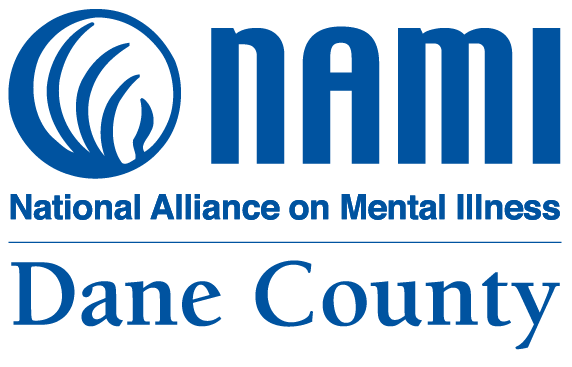County Government Legislative Process
Who are the decision makers within each County?
Wisconsin constitution provides for Constitutional offices for each county such as Sheriff, Treasurer, County Clerk, and Register of Deeds. These are elected officials for the County.
In all counties, the “legislative branch” is comprised of County Supervisors who are members of the County Board. The number of County Supervisors varies significantly from County to County. Some counties have as few as 11 Supervisors while other counties have as many as 39.
Supervisors are nonpartisan candidates, elected every two years in April elections. After the election, the County Board Chair is elected by the County Board Supervisors. Each County utilizes committees to review issues and develop recommendations for decisions by the County Board.
All Counties are required by state statute to have a Human Services Board which is comprised of County Supervisors and citizens. State Statutes 46 and 51 serve specific directives and guidance for implementation of human service programs by the County.
Wisconsin statutes provide for various types of executive administration for a County. There are 11 counties (with larger populations) that have a County Executive who is elected every four years. In other counties, the County has a County Administrator that serves at the direction of the County Board. The Administrator is not an elected official. In addition, other counties utilize the County Clerk or County Board Chair to deliver administrative functions.
How are County services delivered that impact individuals living with mental illness or the families of these individuals?
A number of departments and divisions have an impact on services. The department with the greatest impact on services is the Human Services Department. All counties have a Human Services Director, or in a few cases the position may be shared with two or more counties.
The Director works with the County administration to develop the annual human services budget. The names of the divisions with the human services department could include the Mental Health Division, the AODA Division, Youth Division, Children Division, ADRC, Public Health.
Other parts of the County that could impact individuals living with mental illness include the Sheriff, Circuit Courts, County Jail, local city or village law enforcement, District Attorney, Public Defenders (State funded). However, if an individual is involved with one of these departments they will likely also be receiving services through the Human Services Department.
How are human services funded by the County?
Human services are funded by five primary sources: Federal funds (Medicaid is a significant source of funding), State revenue, property tax funds (the county levy), fees/fines and a .5% sales tax (66 counties). For the most part, many of the human service program provided by the County are mandated by the Federal government and/or the State of Wisconsin.
The annual County Budget is a vital source of information. A budget is a statement of what the county (or state or federal entity) values enough to invest public dollars. The County Budget is developed by the County Executive/County Administrator and then reviewed, modified and approved by the County Board of Supervisors. Some counties post the annual budget online or you, as a citizen, can request a hard copy of the budget.
Counties complete an annual budget with a calendar year as the fiscal year. Most counties recently completed their annual budget for 2026. Counties rely on the State budget which is completed every two years; the next state budget negotiations and advocacy is in 2027.
Counties do have some discretion on additional services that can be provided. However, over the last 10 years, the increasing cost of administering mandated services limits the flexibility the County has in delivering services.
Like all schools and local governments, the counties must stay within “the levy limit” mandated by the State of Wisconsin. The levy limit dictates the level of allowable additional funding from the local property taxpayers after all other revenue sources have been identified.
You may be aware that many school districts have gone to local referenda to seek approval to exceed the levy limit. Very few counties have successfully passed a referendum to exceed the levy limit. Thus, the level of discretion to fund additional human service programs is limited.
Who should you get to know to impact legislation of local government policies?
Federal Government: Get to know your Congressional Representatives and Senators.
State of Wisconsin: Get to know your Assembly and State Senate Representatives
Your County: There are a number of people to get to know at the County level.
Your County Board Supervisor—all counties are divided into districts and there is a Supervisor that represents your specific geographic area.
The County Executive or Administrator
The County Board Chair
Members of the Human Services Board and the Human Service Board Chair Human Services
Director who is the paid staff directing human services
District Attorney
County Sheriff
